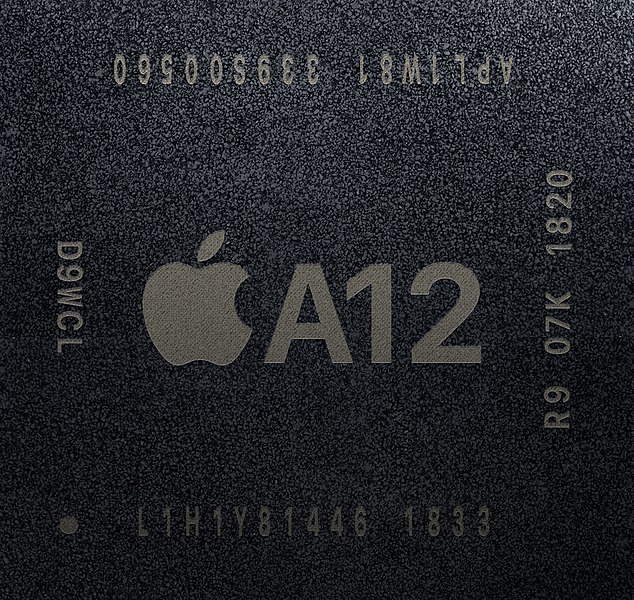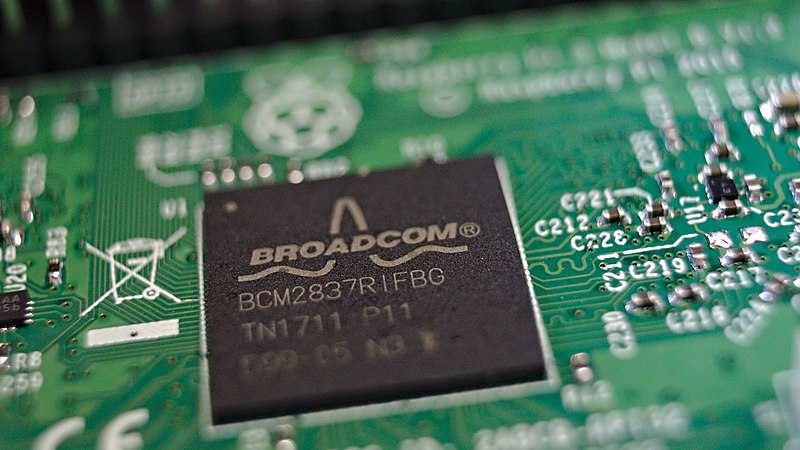What Is an SoC? A Basic Definition
SoC stands for system on a chip. This is a chip/integrated circuit that holds many components of a computer—usually the CPU (via a microprocessor or microcontroller), memory, input/output (I/O) ports and secondary storage—on a single substrate, such as silicon. Having all of these components on one substrate means SoCs use less power and take up less space than their multi-chip counterparts. SoCs are becoming increasingly popular with the growth of Internet of Things and edge and mobile computing. Take, for example, Intel’s September 2018 acquisition of SoC firm Silicon Engineering Group and older acquisitions of Altera and others.
One common example of tech that uses an SoC is video game consoles, such as the Nvidia Tegra X1 used in the Nintendo Switch or the AMD Flute and AMD Gonzalo SoCs expected to power the next Xbox and PlayStation, respectively. Raspberry Pi computers, Arduino boards and STEM kits also use SoCs. SoCs are often used in STEM kits because they are easy to use, and, therefore, helpful in teaching STEM. You also find SoCs in smartphones and tablets.
Broadly speaking, there are three different types of SoCs:
- SoCs that use a microcontroller (a chip with the CPU, RAM, ROM and potentially other components). Example: Arduino boards
- SoCs that use a microprocessor (a chip with a CPU only). Examples: SoCs for smartphones, like Qualcomm’s Snapdragon 845 (also used for virtual reality headsets) and the Apple A12 Bionic SoC used in the iPhone XS, iPhone XS Max and iPhone XR. Rasperry Pi and Intel's line of SoC FPGAs.
- SoCs for specific applications, which may or may not use a microprocessor or microcontroller. This is known as an ASIC (application-specific integrated circuit).
This article is part of the Tom's Hardware Glossary.
Further reading:
- Raspberry Pi: Projects, Models, Prices, How to Get Started
- Best Kids' Robots: STEM Kits That Teach You to Code
- I Turned My Six Year Old Into a Code-Wielding, Robot-Building STEM Fan. Here's How.
Get Tom's Hardware's best news and in-depth reviews, straight to your inbox.

Scharon Harding has over a decade of experience reporting on technology with a special affinity for gaming peripherals (especially monitors), laptops, and virtual reality. Previously, she covered business technology, including hardware, software, cyber security, cloud, and other IT happenings, at Channelnomics, with bylines at CRN UK.

